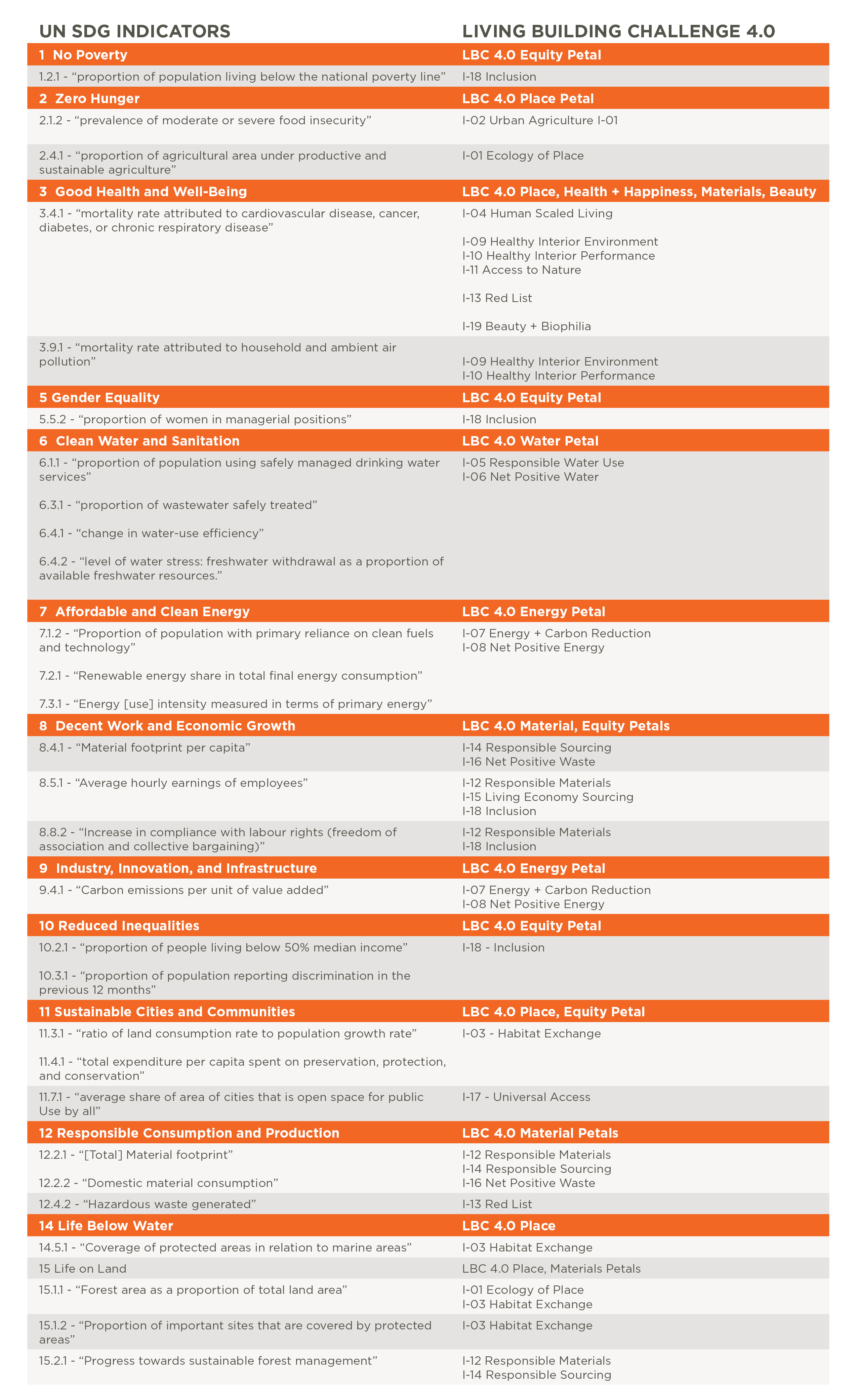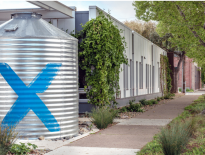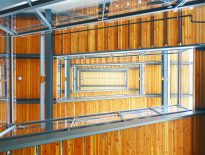Delivering on the UN Sustainable Development Goals
A crosswalk between LBC 4.0 and the UN SDGs: Validating progress with ILFI’s programs
INTRODUCTION
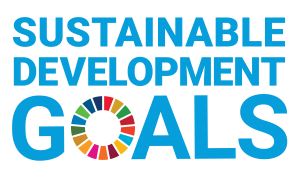
Thousands of businesses and organizations all over the world have been inspired by the United Nations Sustainable Development Goals (UN SDGs). These 17 global goals aim to end extreme poverty, fight inequality and injustice, and protect the planet. While there are significant public pledges of support for the UN SDGs, tracking and validating an individual project’s progress and contribution to the goals has been lacking. As we count down the decade to 2030, now is the time to deliver on our commitments.
This article is intended for organizations using the UN SDGs as a guide to their sustainability work at a broad scale. We will describe here a crosswalk developed by ILFI to provide a map showing how Core Green Building Certification or Living Building Challenge Certification can be used to validate achievements toward the UN SDGs across a real estate portfolio.
OVERVIEW OF THE UN SDGs
The United Nations Sustainable Development Goals (UN SDGs) were established in 2015 as a call to action by and for the nations of the world to promote prosperity for all while also protecting the health of the planet. There are 17 interrelated goals to eradicate poverty and hunger, improve human health, generate financial stability and employment, increase education, address climate change, protect environmental quality, and build strong institutions for equity, justice, and democracy.
Since 2015 thousands of organizations, businesses, and institutions around the world have adopted the UN SDGs as a guiding framework for their own sustainability efforts to align around the common goals.
ILFI’s ACTION TOWARD THE UN SDGs
In January of 2020, the International Living Future Institute (ILFI) was invited to be a participant in the United Nations Global Compact, a UN initiative of over 11,000 member organizations to mobilize the private sector to promote responsible business practices and to further engage with the UN SDGs. As part of this commitment, ILFI has pledged to support the Ten Principles focused on responsible business regarding human rights, labor, environment, and anti-corruption.
Additionally, ILFI has pledged to leverage our suite of programs including the Living Building Challenge, Core Green Building Certification, Zero Carbon, Zero Energy, Living Community Challenge, Living Product Challenge, Declare, and JUST to further align the outcomes of our work with the 17 UN SDGs. Through this effort, we have created crosswalk documents to help project teams and organizations understand how the requirements of ILFI’s programs align with the objectives of the SDGs. We also outline how ILFI Certification can be used to validate a single project’s contribution toward achieving the UN SDGs.
SDG TARGETS AND INDICATORS
The SDGs are more than simply the 17 icons or the wheel. For each SDG, there are corresponding targets and indicators that the UN tracks in order to measure global progress toward achieving each goal. Many of the indicators relate to data points and metrics that ILFI’s programs also use for certification, while other indicators would be positively impacted directly by the work that is accomplished by teams pursuing ILFI programs. There are other goals that relate to government policies or other government level actions, which ILFI supports and aligns with as an organization.
Four SDGs are measured and tracked only at the government policy or government expenditure level: Goal 4 – Quality Education; Goal 13 – Climate Action; Goal 16 – Peace, Justice, and Strong Institutions; and Goal 17 – Partnerships for the Goals. ILFI is aligned as an organization with the objectives of each of these goals—supporting accessible and high-quality education for all, strong climate action from all levels of government, a commitment to uphold human and civil rights, and strong democracies that support those rights, and encourages the international community to collaborate together to address the needs of developing nations in addressing climate change and human health.
The remainder of the 13 SDGs are either directly or indirectly measured by the same metrics that the Living Building Challenge uses, and each of the Imperatives of the Living Building Challenge can be mapped directly to an Indicator associated with an SDG.
For example, Goal Number 1 is No Poverty. This SDG is tracked using seven specific targets, and 13 different Indicators. Indicator 1.2.1 is measured by the “proportion of the population living below the national poverty line.” While certifying a building to LBC does not directly rely on the same metric, the Equity Petal requirements for project teams to pursue inclusive contracting, and use of the JUST program, encourages payment of living wages to all workers involved, and would positively affect this metric. The result of more projects pursuing LBC, and paying living wages would result in a change in the national level statistics around poverty.
Another example of an even more direct correlation would be Goal Number 7 – Affordable and Clean Energy. This SDG is tracked across five targets, and six different indicators. Indicator 7.2.1 is measured by “Renewable energy share in the total final energy consumption” of a country. Indicator 7.3.1 measures “Energy intensity in terms of primary energy and GDP.” Both of these indicators would be directly impacted through the achievement of the Energy Petal by the renewable energy generated on site at each Living Building, and the energy reductions of Core Green Buildings and Living Buildings would also contribute to a lower nation-wide energy intensity.
Within this context, the following table represents the SDGs, with relevant sub-indicators listed, mapped to the ILFI programs and specific imperatives in LBC that would directly impact those same UN indicators. Using this crosswalk, project teams can confidently map the achievements of their LBC project to the global progress on the UN SDGs.
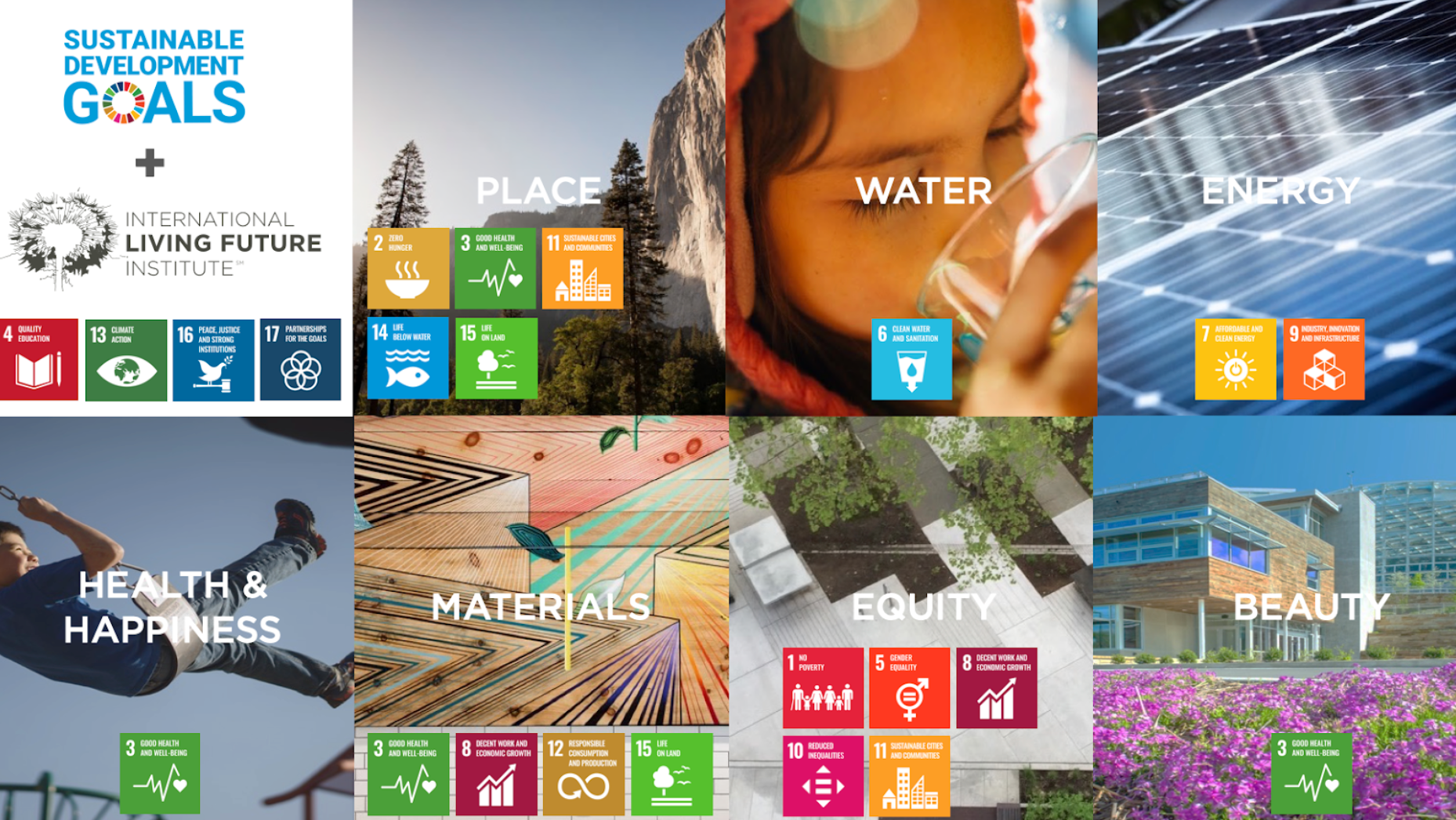
LBC 4.0 + UN SDG CROSSWALK (By LBC Imperative)
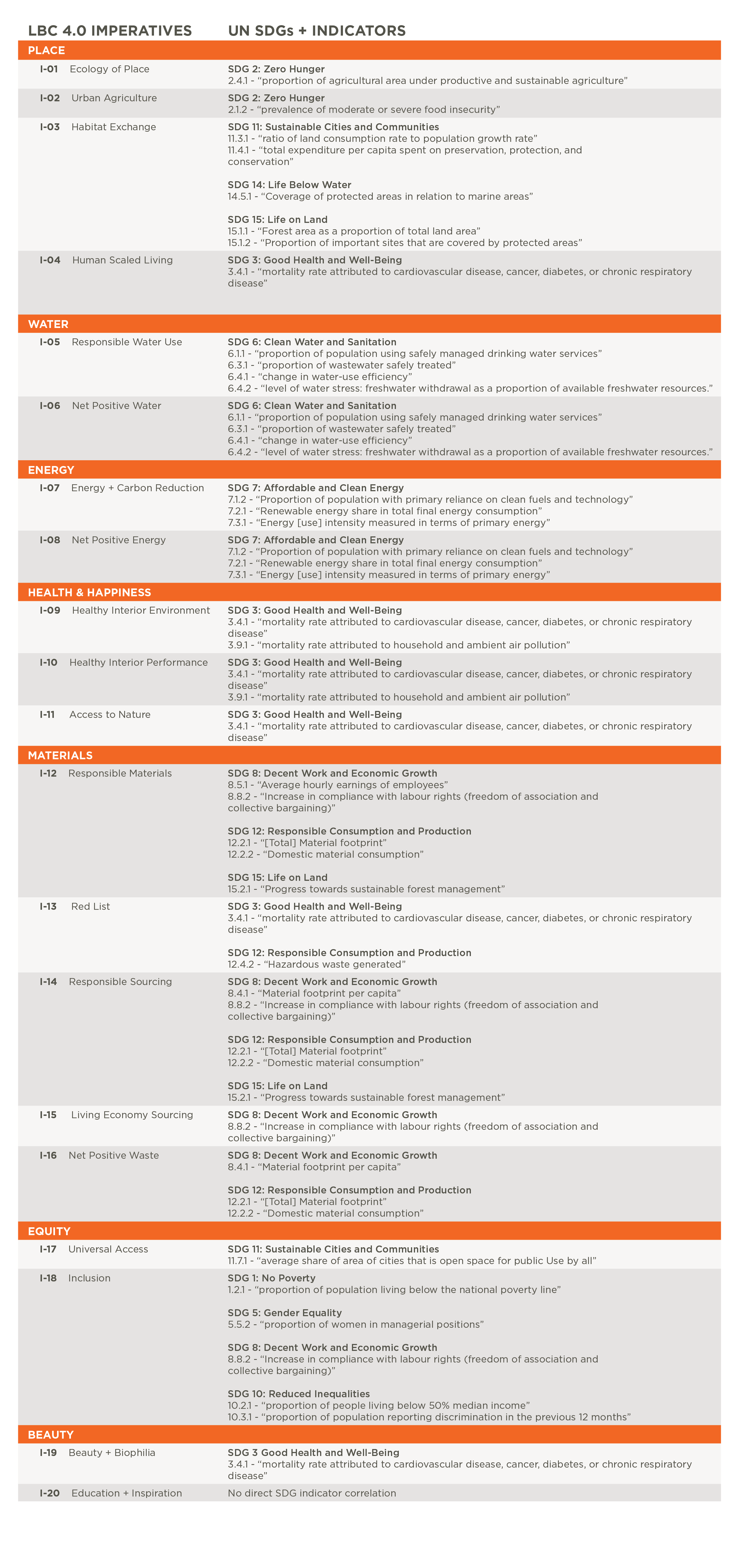
LBC 4.0 + UN SDG CROSSWALK (By UN SDGs)
